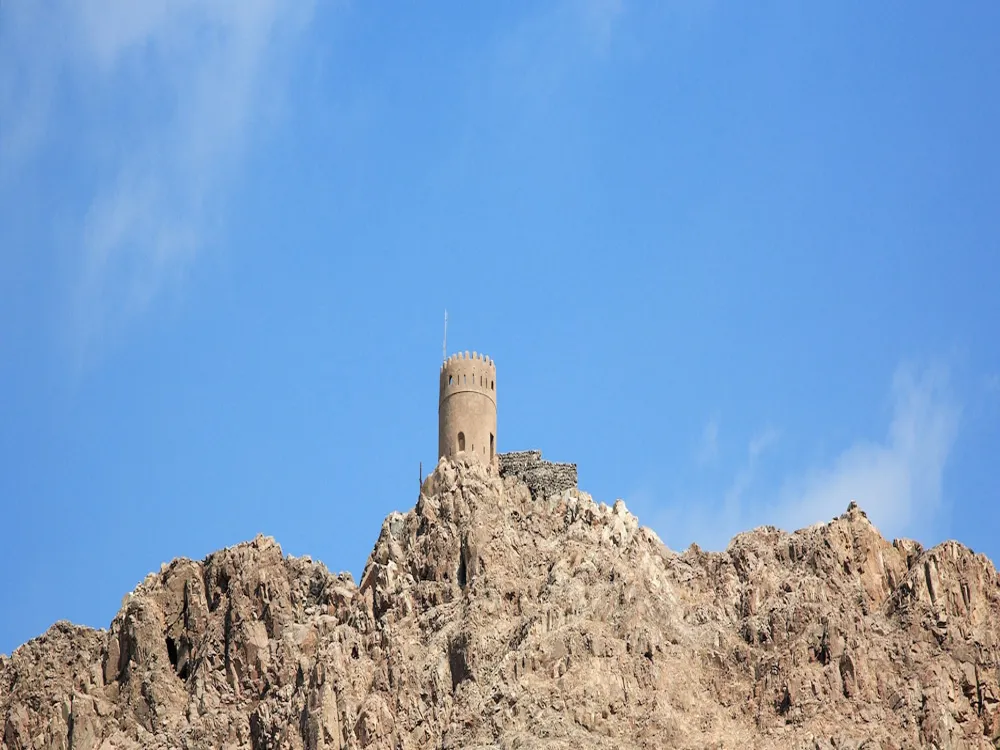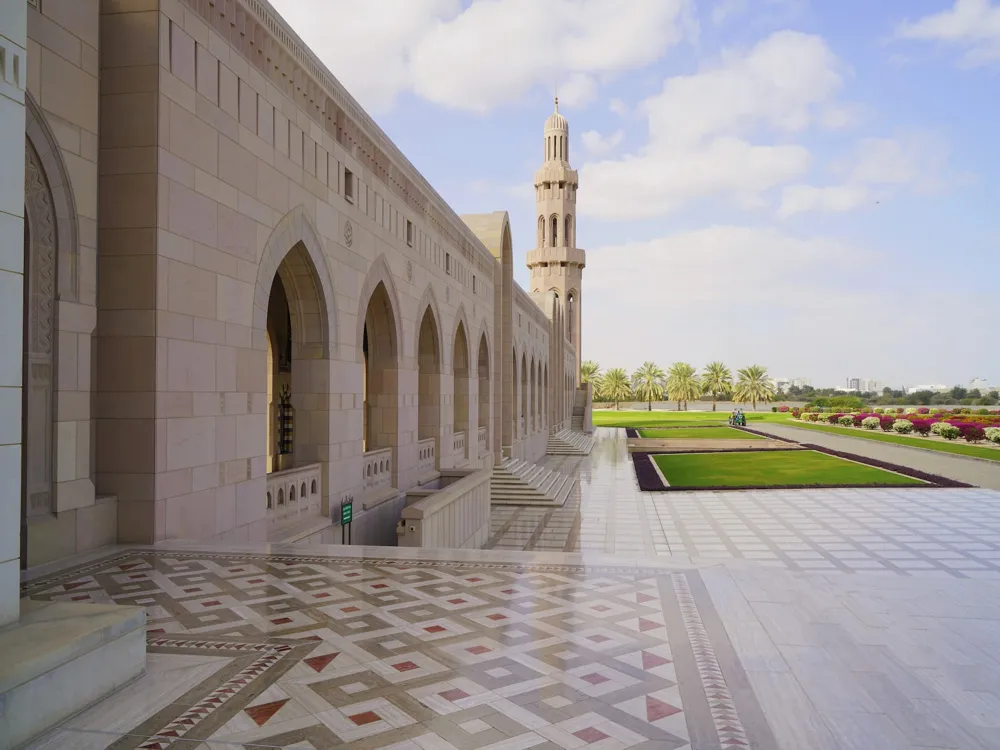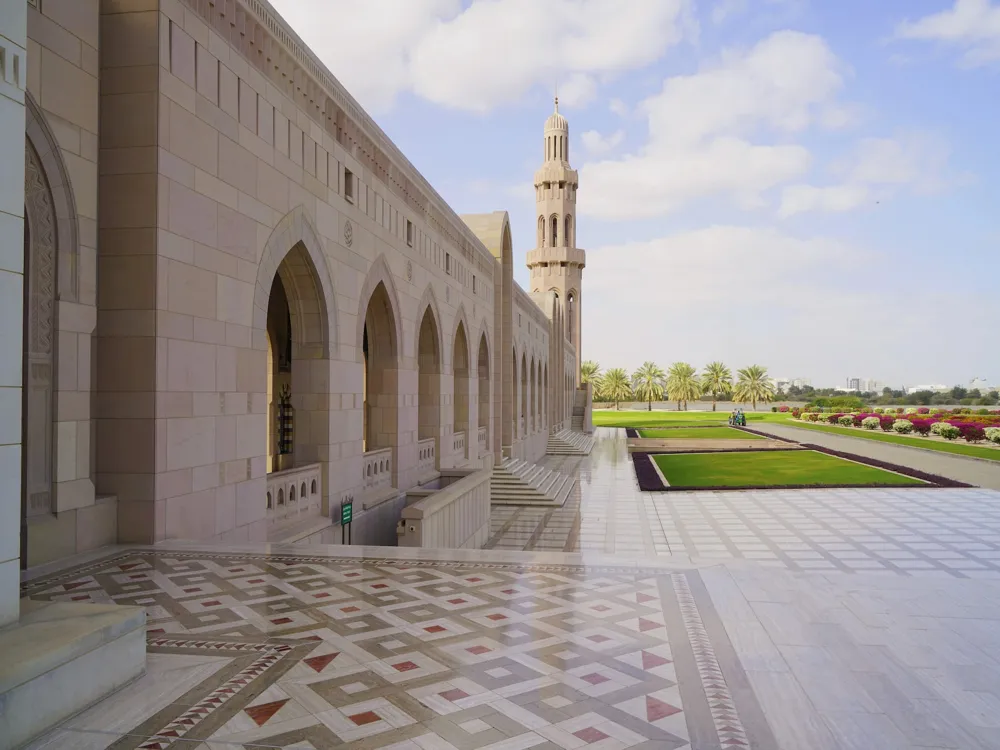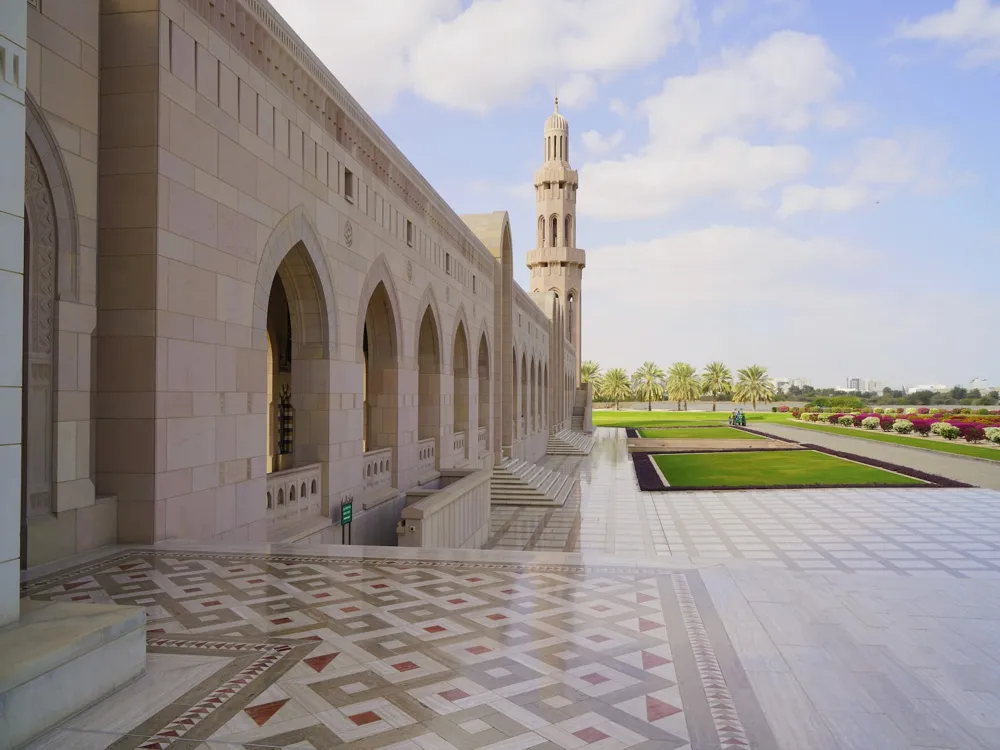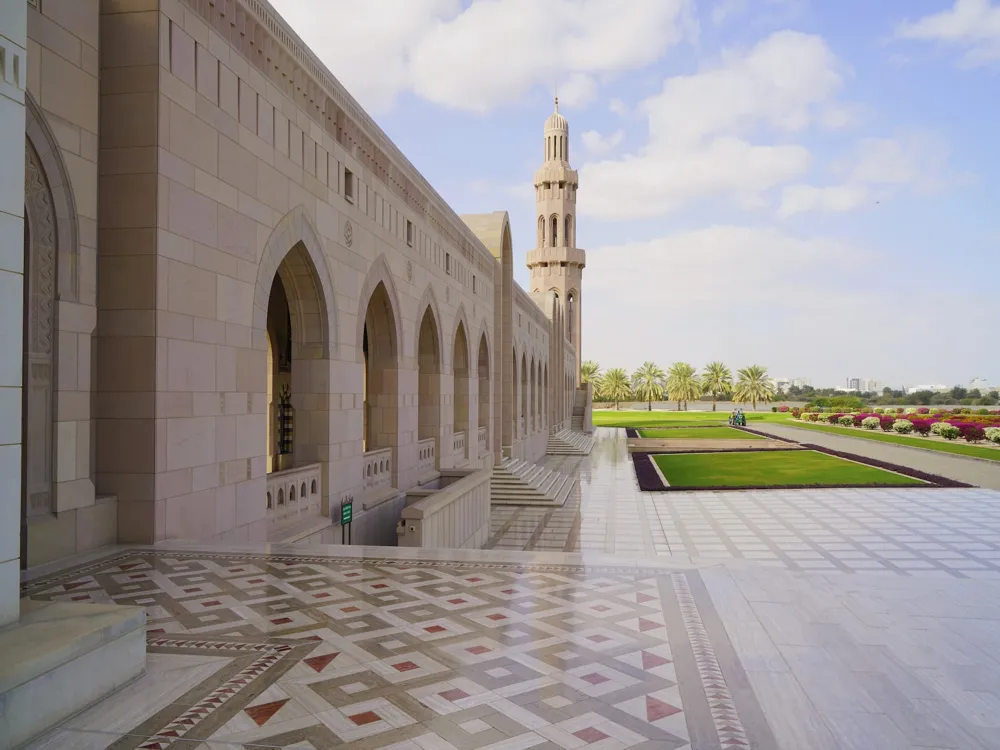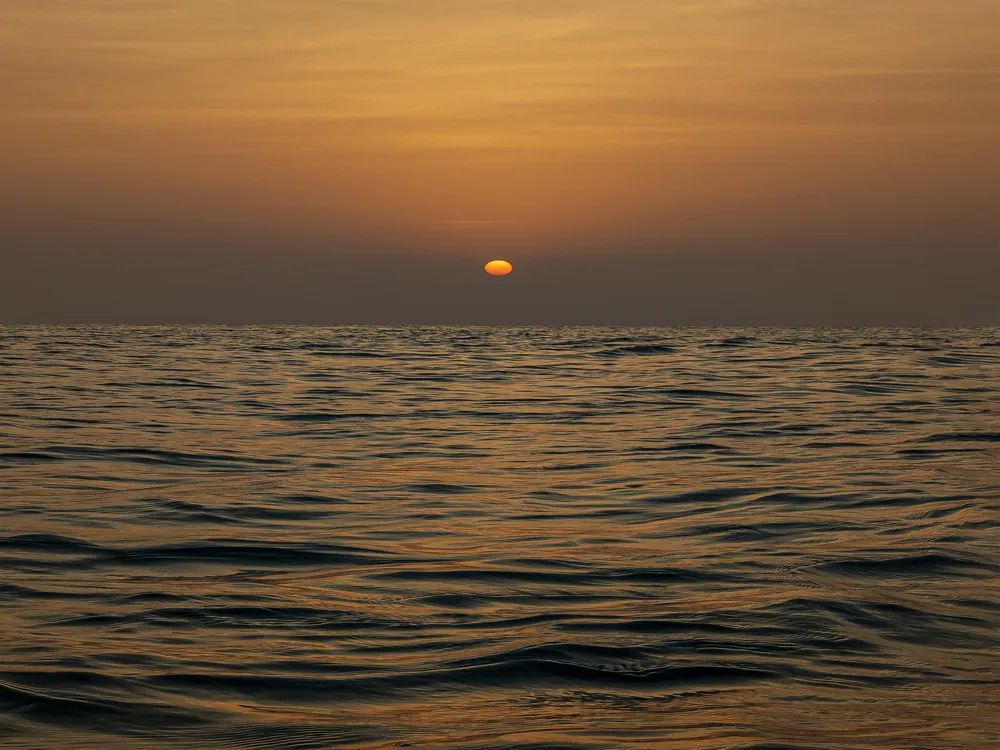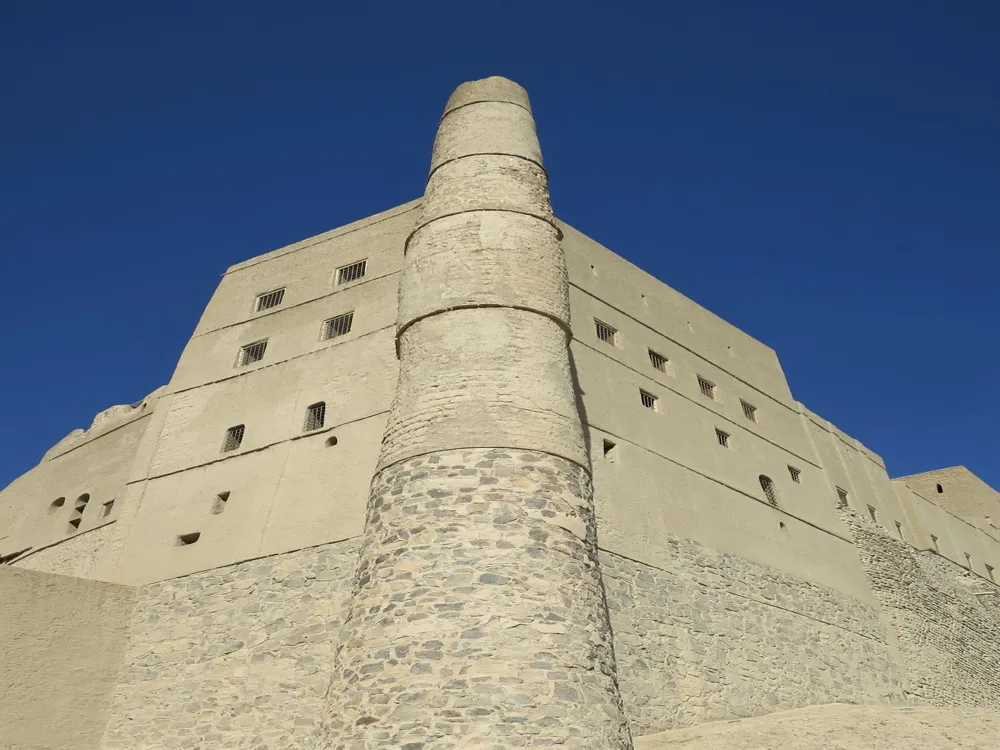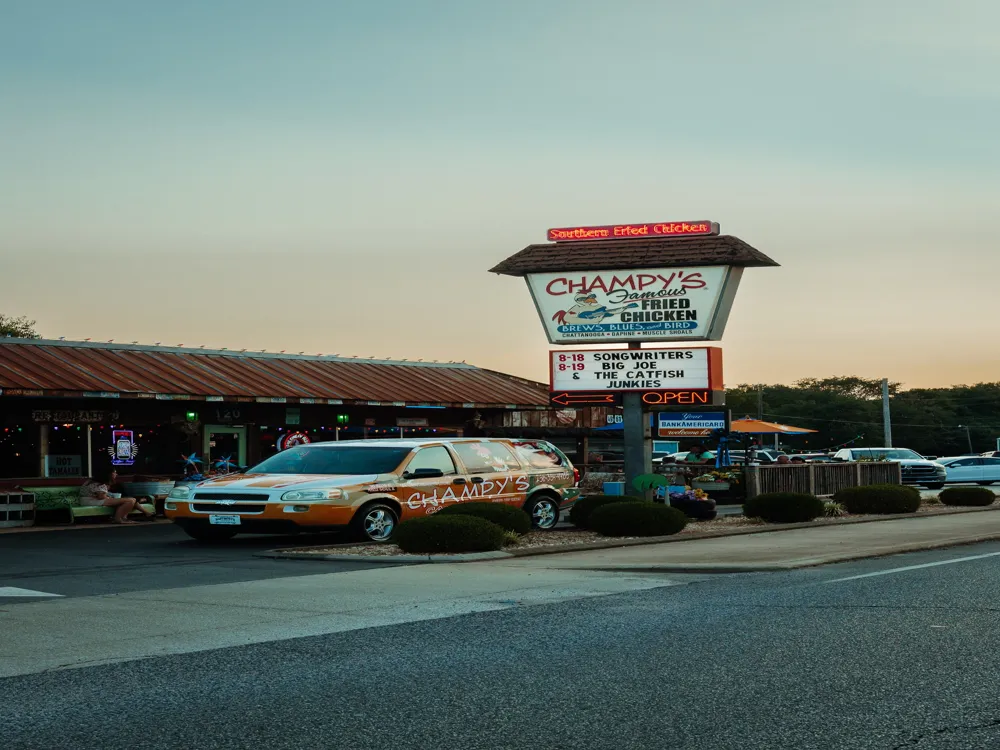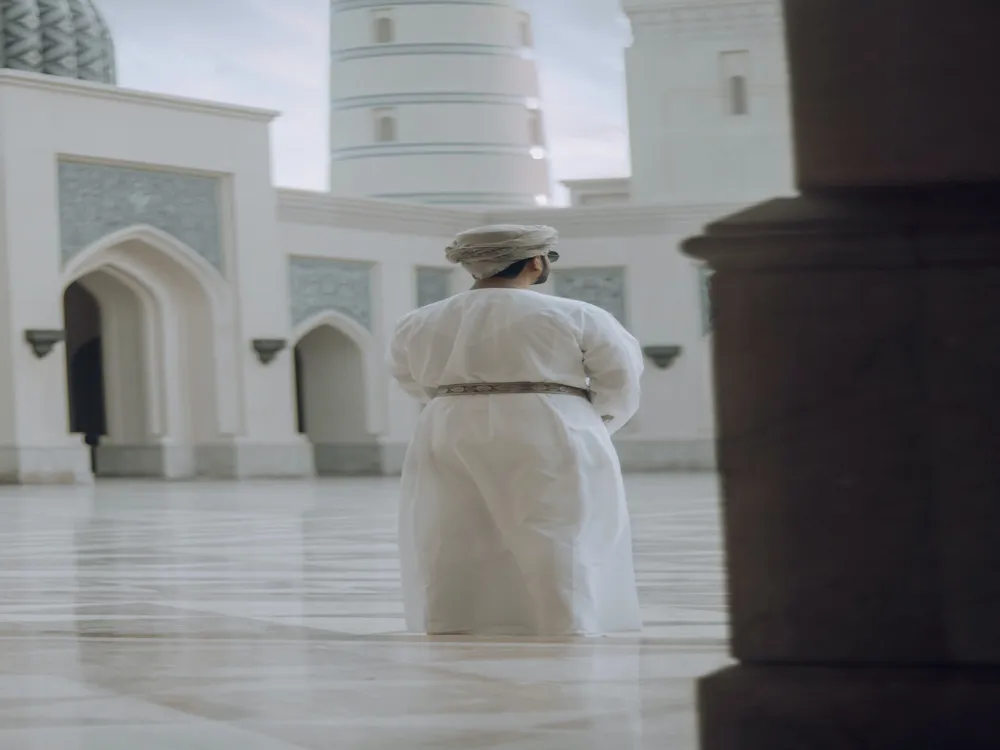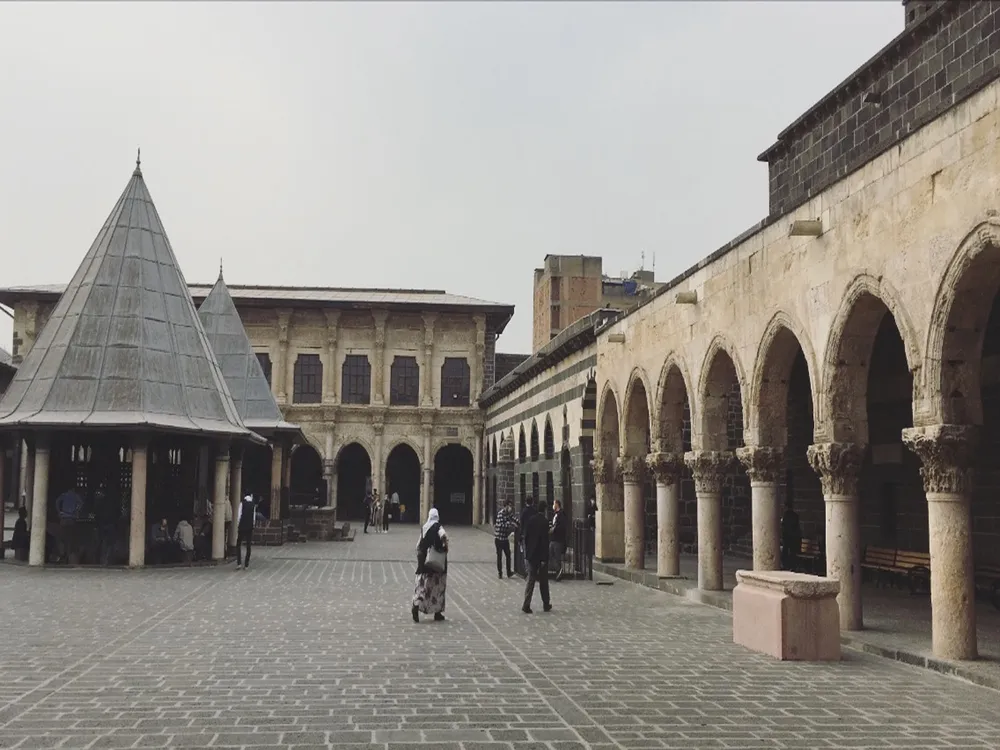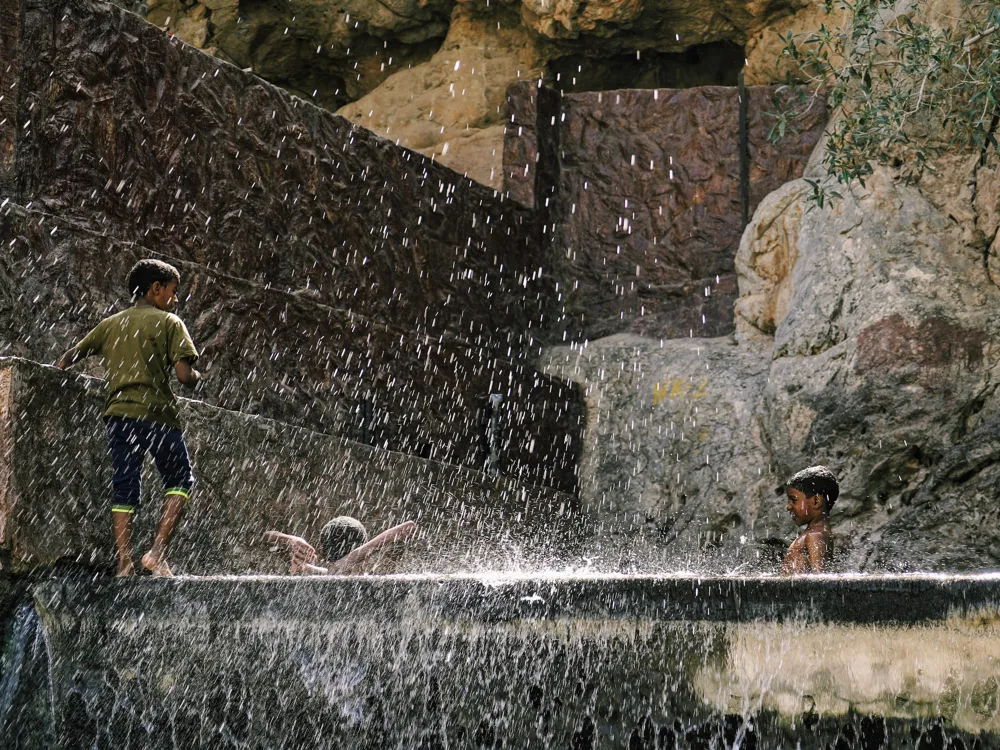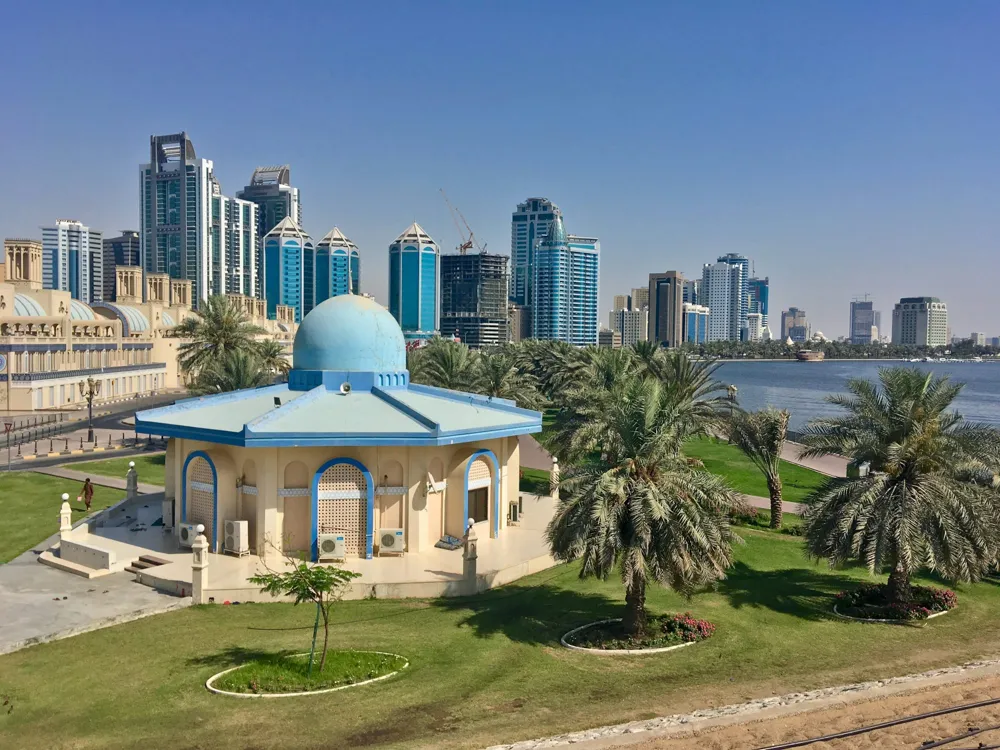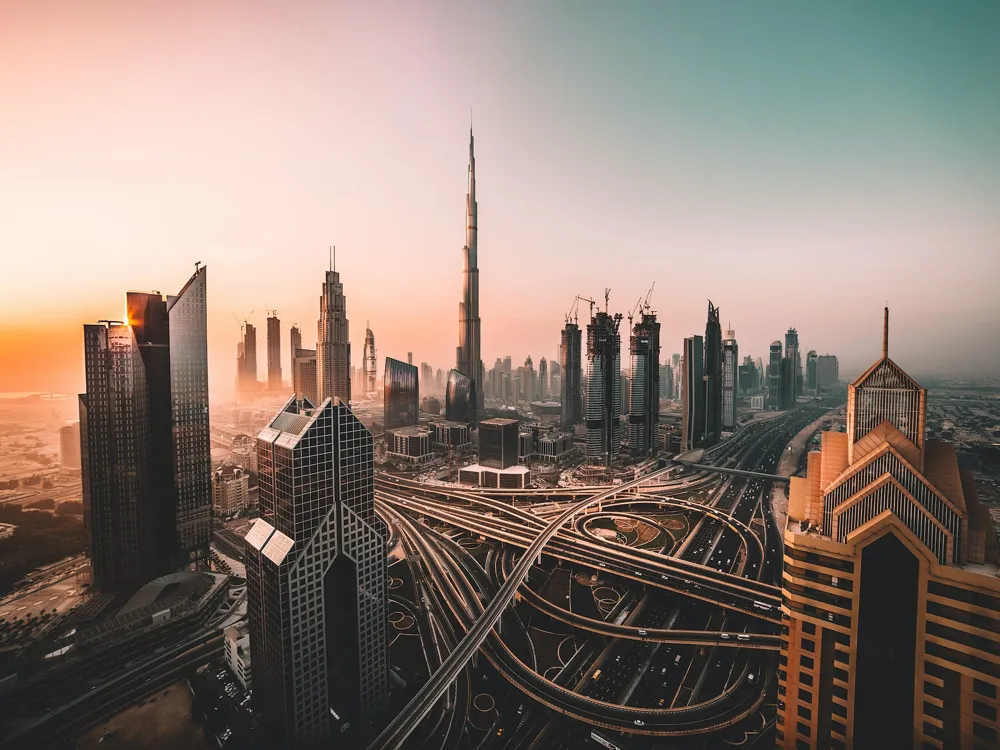The Mutrah Corniche, a picturesque waterfront in Muscat, Oman, is a tapestry of history, culture, and stunning vistas. Stretching along the harbor, it offers a glimpse into the heart of Omani heritage, blending the old with the new. This charming promenade is lined with historic buildings, vibrant souks, and scenic views of the Arabian Sea, making it a must-visit destination for travelers and locals alike. Historically, Mutrah Corniche has been a bustling port area. It's where traders from far-off lands brought goods to Oman, playing a pivotal role in the country's trade and commerce. Today, while it still retains its commercial importance, the Corniche has transformed into a vibrant social and cultural hub. The area is a perfect representation of Oman's rapid modernization while holding on to its rich past. As you walk along the Corniche, the air is filled with a blend of aromas from the nearby souks - spices, frankincense, and fresh sea breeze. The pathway is lined with a variety of architectural marvels, from ancient forts and mosques to modern structures, showcasing Oman's architectural evolution. The Corniche is also home to the famous Mutrah Souq, one of the oldest marketplaces in the Arab world, offering an array of traditional Omani and Indian goods. The blend of natural and man-made beauty is striking at the Mutrah Corniche. The backdrop of rugged mountains against the serene waters of the harbor creates a picturesque scene. At night, the area comes alive with lights, and the cool sea breeze makes for a pleasant walk along the waterfront. Cultural festivals, traditional Omani music, and dance performances often take place here, adding to its allure. Mutrah Corniche is not just a scenic spot but also a testament to Oman's journey from a humble fishing village to a vibrant, cosmopolitan city. It represents the harmony between nature and urban development, tradition, and modernity, making it an emblematic site in Muscat. The architecture of Mutrah Corniche is a fascinating blend of traditional Omani and contemporary styles, reflecting the country's rich history and its modern aspirations. The buildings along the Corniche display a unique architectural language that speaks of Oman's past and present. One of the most striking features is the seamless integration of traditional Omani elements in modern structures. The use of arched windows, intricate wooden doors, and ornately decorated balconies pays homage to Oman's architectural heritage. These elements are often incorporated into newer buildings, creating a unique fusion that is both functional and aesthetically pleasing. The Corniche area is also known for its forts and mosques, which are prime examples of Islamic architecture. The Al Jalali and Al Mirani forts, standing guard at the entrance of Muscat Harbor, are iconic landmarks. Built during the Portuguese occupation in the 16th century, these forts have been meticulously restored, showcasing the classic Omani military architecture with high walls, watchtowers, and intricately carved wooden doors. Another notable feature is the use of natural materials in construction, such as limestone and mud bricks, which are well-suited to Oman's climate. These materials are not only sustainable but also lend a distinct texture and color to the buildings, blending them seamlessly with the natural landscape. The Mutrah Corniche is also home to the Sultan Qaboos Mosque, a splendid example of modern Islamic architecture. The mosque's intricate geometric patterns, grand domes, and towering minarets demonstrate the artistic and architectural advancements of Oman. In summary, the architecture of Mutrah Corniche is a beautiful amalgamation of the old and the new. It's a visual narrative of Oman's journey through time, reflecting its cultural richness and forward-looking spirit. The best time to visit Mutrah Corniche is during the cooler months, from October to April. The weather is pleasant, making it ideal for strolling along the waterfront and exploring the nearby souks. Avoid visiting during the midday heat in the summer months. Oman is a Muslim country, and visitors should dress modestly out of respect for the local culture. It is advisable to wear clothes that cover the shoulders and knees. When visiting mosques, women should cover their heads with a scarf. Mutrah Corniche offers a variety of dining options. Don't miss trying traditional Omani dishes like shuwa, hares, or halwa. There are also numerous cafes and restaurants where you can enjoy international cuisine with a view of the harbor. Visiting Mutrah Souq is a must. Bargain for traditional Omani goods like frankincense, pashminas, and pottery. It's a bustling market, so be prepared for crowds and keep your belongings safe. While photography is generally allowed, it's important to ask for permission before taking pictures of people, especially women. Also, be mindful of photographing government buildings or military sites. Mutrah Corniche is easily accessible from various parts of Muscat. If you are staying in the city, the best way to get there is by taxi or a rented car. For a more authentic experience, you can also take a public bus. There's ample parking available if you're driving. For international visitors, the Muscat International Airport is the nearest, from where you can hire a taxi or use public transport to reach the Corniche. Read More:Overview of Mutrah Corniche, Muscat
Architecture of Mutrah Corniche
Tips When Visiting Mutrah Corniche
Best Time to Visit
Dress Code and Cultural Sensitivity
Exploring the Local Cuisine
Shopping at Mutrah Souq
Photography Etiquette
How To Reach Mutrah Corniche
Mutrah Corniche
Muscat
₹ 49,000 onwards
View muscat Packages
Weather :
Label : Must Visit
Tags : Waterfront
Timings : 24 hours
Planning a Trip? Ask Your Question
Muscat Travel Packages
View All Packages For Muscat
Top Hotel Collections for Muscat

Private Pool

Luxury Hotels

5-Star Hotels

Pet Friendly
Top Hotels Near Muscat
Other Top Ranking Places In Muscat
View All Places To Visit In muscat
View muscat Packages
Weather :
Label : Must Visit
Tags : Waterfront
Timings : 24 hours
Planning a Trip? Ask Your Question
Muscat Travel Packages
View All Packages For Muscat
Top Hotel Collections for Muscat

Private Pool

Luxury Hotels

5-Star Hotels

Pet Friendly







